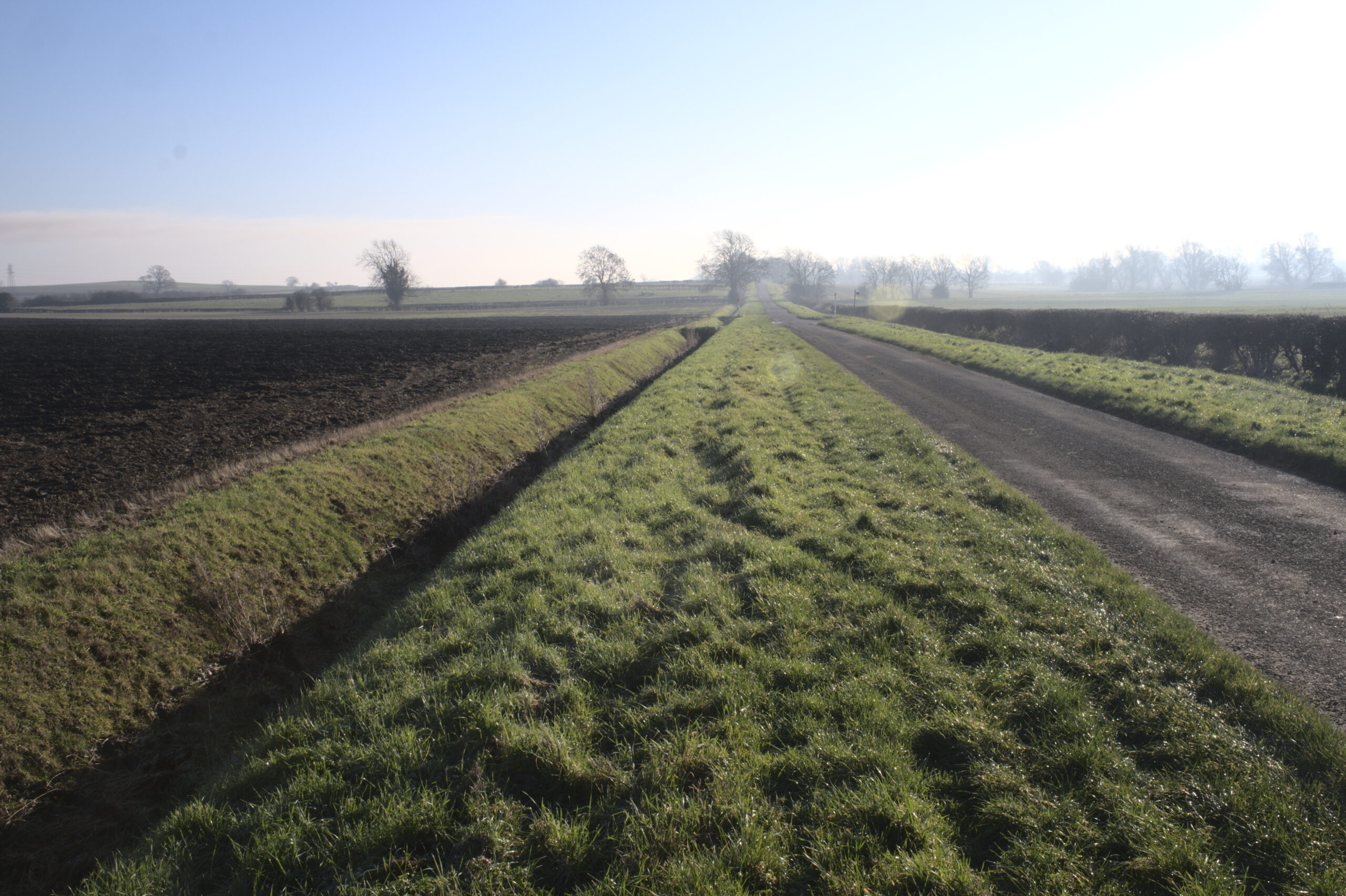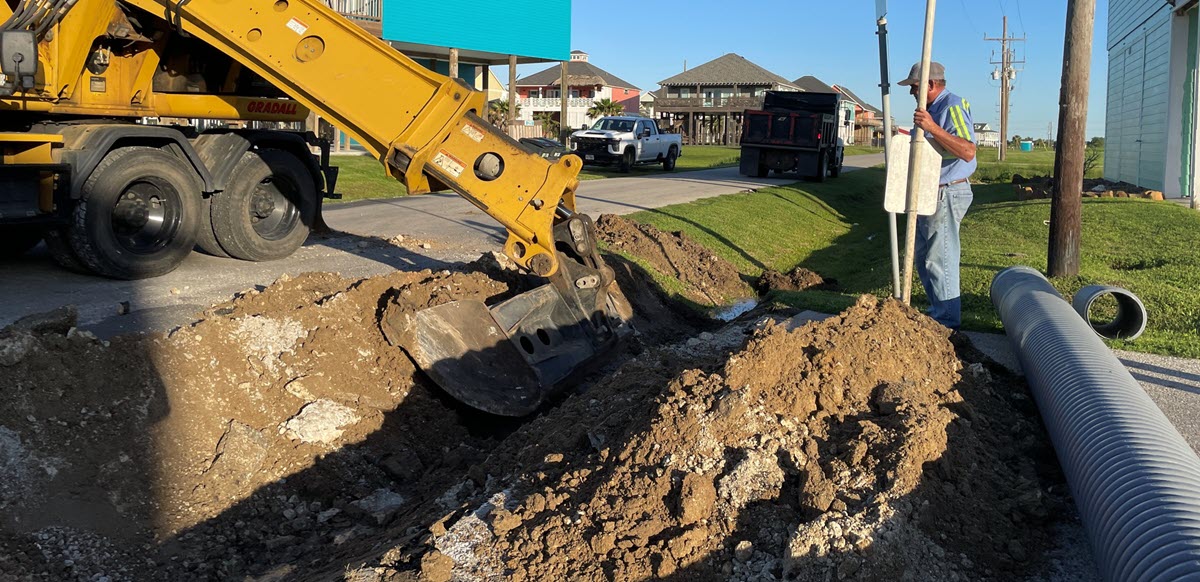Ditch Digging Servicesin Metamora MI
Precision Ditching for Effective Water Drainage
We Are Locally Owned & Operated For Over 37 Years
Contact Us Today!
We Serve Businesses In And Around The Following Cities:
About Ditch Digging Services
Introduction
In recent years, the bustling city of Metamora has grown as a hub for thriving businesses. With numerous commercial entities populating its skyline, the city’s infrastructure must keep pace with these burgeoning developments. An essential part of this infrastructure overhaul is ditching – a critical service required for new building projects, land development, road construction, utility trenching, pond excavation, and general land grading. The demand for professional ditch digging services wasn’t always this amplified, but understanding the value and benefits they bring to commercial properties highlights their importance in today’s advancing cityscape. Therefore, perusing an in-depth guide on ditching and its various aspects could prove beneficial for businesses keen on seamless, cost-effective, and safe property development.
Ditching: Decoding the Process
The process of ditching begins with thorough planning. Professional ditch digging companies usually start by surveying the terrain and conducting a detailed site analysis. This identifies the best locations for ditches, existing underground utilities, water drainage patterns, and potential project obstacles, ensuring the safe and controlled execution of the task.
Robust machinery is then rolled out for the actual ditch digging. Often, these are hydraulic excavators designed for all sizes of projects – from small trenches to extensive commercial-sized ditches. Proven entities like D&J Contracting take the process a notch higher with their precision equipment and experienced workforce, guaranteeing quick, efficient, and meticulous ditch excavation services.
The Benefits of Professional Ditching
Professional ditching services offer numerous benefits to commercial properties. Properly dug ditches facilitate efficient water drainage, preventing property damage due to flooding and water accumulation – a common concern in Metamora’s wet season. Clean, deep ditches can also help avoid soil erosion and landslides, ensuring the long-term stability of structures.
Additionally, a meticulously executed ditching process minimizes disruption to the surrounding areas. With countless businesses located in close proximity in bustling areas, the need for a clean and minimally intrusive ditch digging service like those offered by D&J Contracting becomes paramount.
Real-world Applications of Ditching
Over the years, Metamora has seen numerous instances of the practical utilization of ditching services. Several commercial buildings have sprung up from flat land with the help of large-scale ditching for foundational work. The city’s network of roads, essential for the transport and mobility of goods and people, required extensive ditch excavation services for their creation and maintenance. Utility companies have also heavily relied on narrow, deep trenches for underground cable, water, and gas line installations.
Consider the case of a hypothetical business park being developed in Metamora. A considerable amount of ditching would be required for ground levelling, constructing the foundations of new buildings, stormwater management, and laying utility lines. The importance of a trusted, reliable and local ditch digging company like D&J Contracting becomes abundantly clear.
Building Stronger Foundations with Ditching
Ditching plays an essential role in ensuring commercial properties in Metamora are built on strong and solid foundations. With its ability to prevent water stagnation and promote soil stability, it sets the basis for safe, sustainable buildings poised to stand for years.
As the business landscape of Metamora continues to expand, commercial spaces will inevitably be in demand. To accommodate this growth, it’s essential that businesses utilize professional ditch excavation services. The partnership with trusted and locally renowned firms like D&J Contracting could make the ditching process streamlined, efficient, and precise, resulting in durable commercial properties that add value to the city’s skyline.
This comprehensive guide aimed to shed light on the often overlooked, yet critical process of ditching. By offering practical insights, real examples, and expert recommendations, businesses can grasp the importance of these services in planning and executing commercial projects. As Metamora continues to grow, may its commercial enterprises find success and prosperity through understanding and applying these vital infrastructural measures. If you find yourself in need of ditch excavation services, remember that expert help from trusted names like D&J Contracting, is just a call away.
Ditch Digging Services Gallery


Call Us Today to receive your Free Quote for
Ditching in Metamora
Serving: Metamora, Michigan

About Metamora, Michigan
According to the United States Census Bureau, the village has a total area of 0.83 square miles (2.15 km), all land.
| Census | Pop. | Note | %± |
|---|---|---|---|
| 1880 | 236 | — | |
| 1890 | 314 | 33.1% | |
| 1900 | 313 | −0.3% | |
| 1910 | 276 | −11.8% | |
| 1920 | 271 | −1.8% | |
| 1930 | 293 | 8.1% | |
| 1940 | 281 | −4.1% | |
| 1950 | 390 | 38.8% | |
| 1960 | 452 | 15.9% | |
| 1970 | 468 | 3.5% | |
| 1980 | 552 | 17.9% | |
| 1990 | 447 | −19.0% | |
| 2000 | 507 | 13.4% | |
| 2010 | 565 | 11.4% | |
| 2020 | 594 | 5.1% | |
| U.S. Decennial Census | |||
As of the census of 2010, there were 565 people, 216 households, and 151 families living in the village. The population density was 680.7 inhabitants per square mile (262.8/km). There were 245 housing units at an average density of 295.2 per square mile (114.0/km). The racial makeup of the village was 98.1% White, 0.4% African American, 0.5% Native American, 0.2% Asian, 0.2% from other races, and 0.7% from two or more races. Hispanic or Latino of any race were 1.4% of the population.
There were 216 households, of which 38.4% had children under the age of 18 living with them, 56.5% were married couples living together, 8.8% had a female householder with no husband present, 4.6% had a male householder with no wife present, and 30.1% were non-families. 24.5% of all households were made up of individuals, and 7.4% had someone living alone who was 65 years of age or older. The average household size was 2.62 and the average family size was 3.11.
The median age in the village was 39.4 years. 27.8% of residents were under the age of 18; 5.6% were between the ages of 18 and 24; 24.1% were from 25 to 44; 30.7% were from 45 to 64; and 11.7% were 65 years of age or older. The gender makeup of the village was 48.5% male and 51.5% female.
As of the census of 2000, there were 507 people, 188 households, and 137 families living in the village. The population density was 765.4 inhabitants per square mile (295.5/km). There were 204 housing units at an average density of 308.0 per square mile (118.9/km). The racial makeup of the village was 96.84% White, 0.39% Native American, 0.20% Asian, and 2.56% from two or more races. Hispanic or Latino of any race were 0.79% of the population.
There were 188 households, out of which 33.0% had children under the age of 18 living with them, 60.6% were married couples living together, 9.6% had a female householder with no husband present, and 27.1% were non-families. 19.7% of all households were made up of individuals, and 6.4% had someone living alone who was 65 years of age or older. The average household size was 2.70 and the average family size was 3.14.
In the village, the population was spread out, with 26.6% under the age of 18, 8.3% from 18 to 24, 34.9% from 25 to 44, 19.7% from 45 to 64, and 10.5% who were 65 years of age or older. The median age was 34 years. For every 100 females, there were 92.0 males. For every 100 females age 18 and over, there were 97.9 males.
The median income for a household in the village was $58,088, and the median income for a family was $63,750. Males had a median income of $41,563 versus $26,563 for females. The per capita income for the village was $19,548. About 3.6% of families and 3.6% of the population were below the poverty line, including 1.4% of those under age 18 and 7.4% of those age 65 or over.
Call Us Today to receive your Free Quote for
Ditching in Metamora
Related Services in Metamora, Michigan
We Serve Businesses In The Following Zip Codes:
48007, 48015, 48021, 48026, 48035, 48036, 48038, 48042, 48043, 48044, 48045, 48046, 48047, 48048, 48050, 48051, 48066, 48071, 48080, 48081, 48082, 48083, 48084, 48085, 48088, 48089, 48090, 48091, 48092, 48093, 48098, 48099, 48225, 48230, 48236, 48310, 48311, 48312, 48313, 48314, 48315, 48316, 48317, 48318, 48397